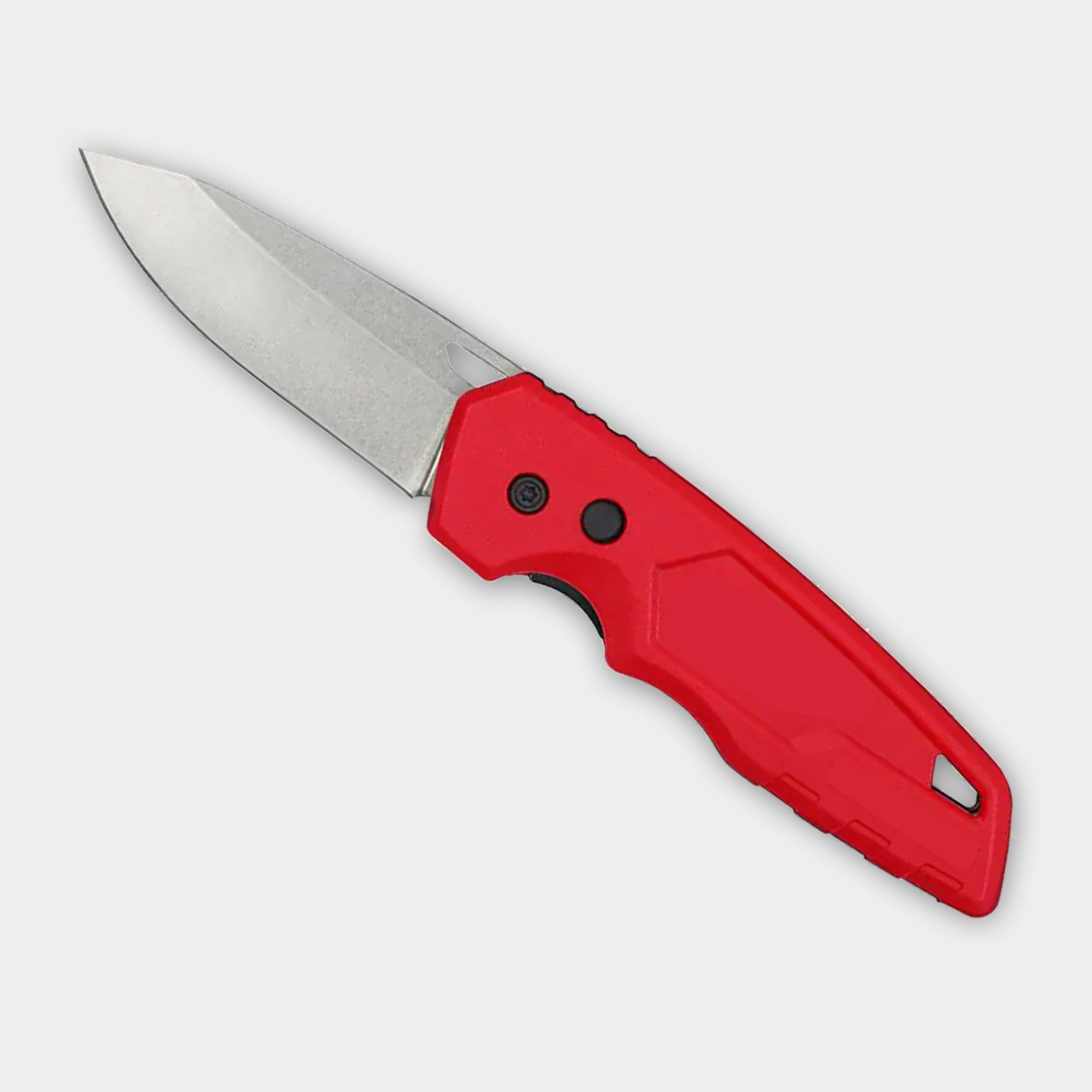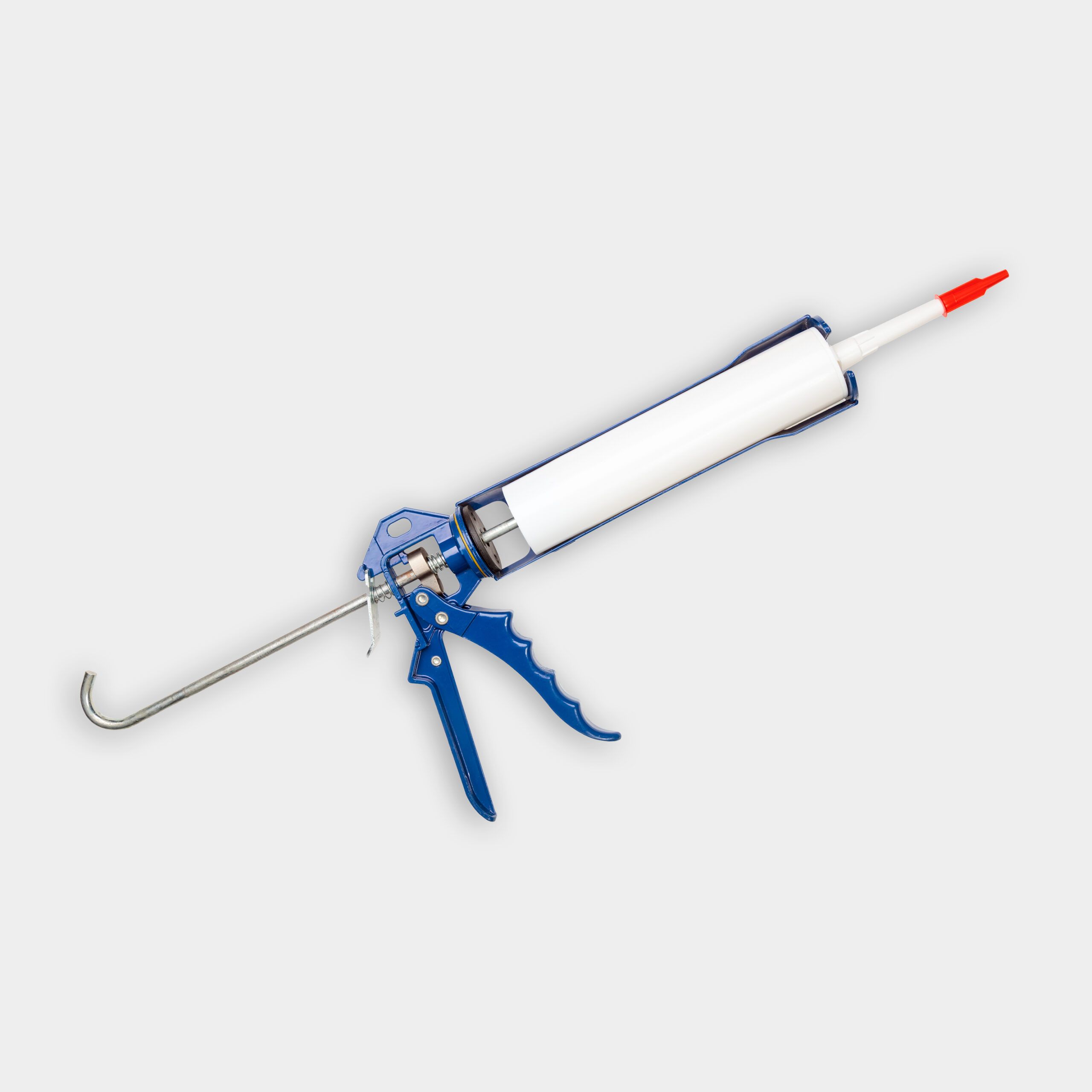Project details
Skill
Cost
Estimated Time
A leaking rooftop vent pipe can cause significant damage to your home if you don’t quickly address it. Most homeowners can repair leaking pipes with simple do-it-yourself methods and basic tools and materials, though. Read how to identify and fix a leaking vent pipe in the step-by-step guide below, and watch the video above for tips from This Old House general contractor Tom Silva.
Understanding Rooftop Vent Pipes
Rooftop vent pipes allow sewer gasses to escape your household, and keep pipes draining efficiently. Exposure to the elements can cause these pipes to leak over time.
Common Causes of Vent Pipe Leaks
The elements below can contribute to a leaking rooftop vent pipe:
- Deterioration of the rubber boot or flashing around the pipe
- Extended exposure to UV rays
- Poor installation or low-quality materials
- Severe weather or falling debris, which can damage the pipes
- Temperature fluctuations that cause the pipes to split or crack
Signs of a Leaking Vent Pipe
You can prevent extensive water damage by identifying a leaking vent pipe early. Look for the indicators below.
- Damp or moldy attic insulation
- Dripping sounds that come from the attic during rainy weather
- Musty odors in the upper levels of your home
- Visible cracks or gaps in the flashing or boot around the pipe
- Water stains on the ceiling or walls near the pipe’s location
Preparing for the Vent Repair
Gather the tools and materials you’ll need for repairs before you climb onto your roof.
Tools and Materials Needed
You’ll need the materials below to fix a leaking rooftop vent pipe:
- Caulk gun
- Ladder
- Lap-seal caulk
- Replacement rubber boot or gasket
- Safety glasses
- Safety harness
- Utility knife or pocket knife
- Wire brush
- Work gloves
Safety Precautions
Working on a roof can be dangerous. Follow the safety guidelines below.
- Have a helper on the ground for added safety
- Secure a sturdy ladder properly
- Use a safety harness if your roof has a steep pitch
- Wear non-slip shoes with good traction
- Work on a dry, clear day with minimal wind
Step-by-Step Rooftop Vent Repair Process
Follow the steps below to successfully fix your leaking rooftop:
- Clean the pipe and remove old caulk or sealant.
- Inspect the vent pipe and surrounding area for damage.
- Smooth any rough edges on the pipe.
- Apply new caulk around the base of the pipe.
- Install the replacement rubber boot or gasket.
- Seal the edges of the new boot with caulk.
Cleaning and Inspecting the Vent Pipe
Thoroughly examine the vent pipe and the surrounding roofing material, and look for cracks, gaps, or signs of wear. Use a wire brush to remove any dirt, debris, or old caulk from the pipe and flashing. This will leave you with a clean surface onto which the sealant can adhere.
Smoothing Rough Edges
You must smooth any rough edges or sharp points on the vent pipe. Use a utility knife or pocket knife to carefully scrape away any burrs or jagged edges. This prevents damage to the new rubber boot and keeps the seal tight.
Applying New Caulk
Apply a thick bead of lap-seal caulk around the base of the vent pipe where it meets the old flashing or boot. This creates a watertight barrier and secures the new boot. Apply a second bead of caulk slightly below the first for added protection.
Installing the Replacement Boot
Carefully slide the new rubber boot or gasket over the vent pipe, and make sure it fits snugly. Press it down firmly to create a seal with the caulk underneath. Make sure the boot’s base lies flat against the roof surface, and covers the old flashing completely.
Sealing the Edges
Apply a final bead of caulk around the edges of the new boot where it meets the roofing material to complete your repair. This extra layer of protection prevents water from seeping under the boot during heavy rains or snow melt.
Maintaining Your Rooftop Vent Pipes
You can extend the life of your vent pipe and prevent future leaks by properly maintaining your vent pipes.
Regular Inspections
Visually inspect your roof and vent pipes at least twice a year, ideally in spring and fall. Look for signs of wear, cracking, or separation in the caulk or rubber boots. Address any issues immediately to prevent water damage.
Cleaning and Debris Removal
Keep your roof and vent pipes clear of debris such as leaves, twigs, and moss. These materials can trap moisture against the roof and vent pipe, which can accelerate deterioration. Use a soft-bristled brush or leaf blower to gently remove debris without damaging the roofing materials.
Reapplying Sealant
Exposure to the elements can cause caulk and sealants to degrade over time. Apply a fresh layer of lap-seal caulk around the base of the vent pipe and the edges of the boot every few years to maintain a watertight seal.
When to Call a Professional for Rooftop Repairs
Homeowners can usually fix a leaking rooftop with do-it-yourself methods, but the situations below may call for professional assistance:
- Extensive damage to surrounding roofing material
- If you’re uncomfortable working on a roof or at heights
- Possible structural damage due to long-term water infiltration
- When multiple vent pipes are leaking simultaneously
- When the leak persists even after you attempt a DIY repair


